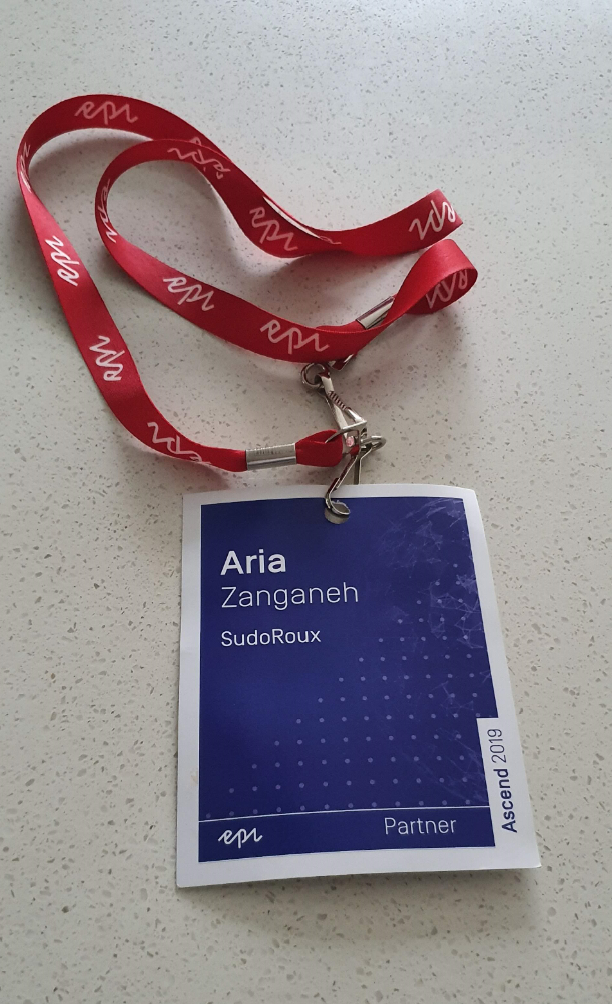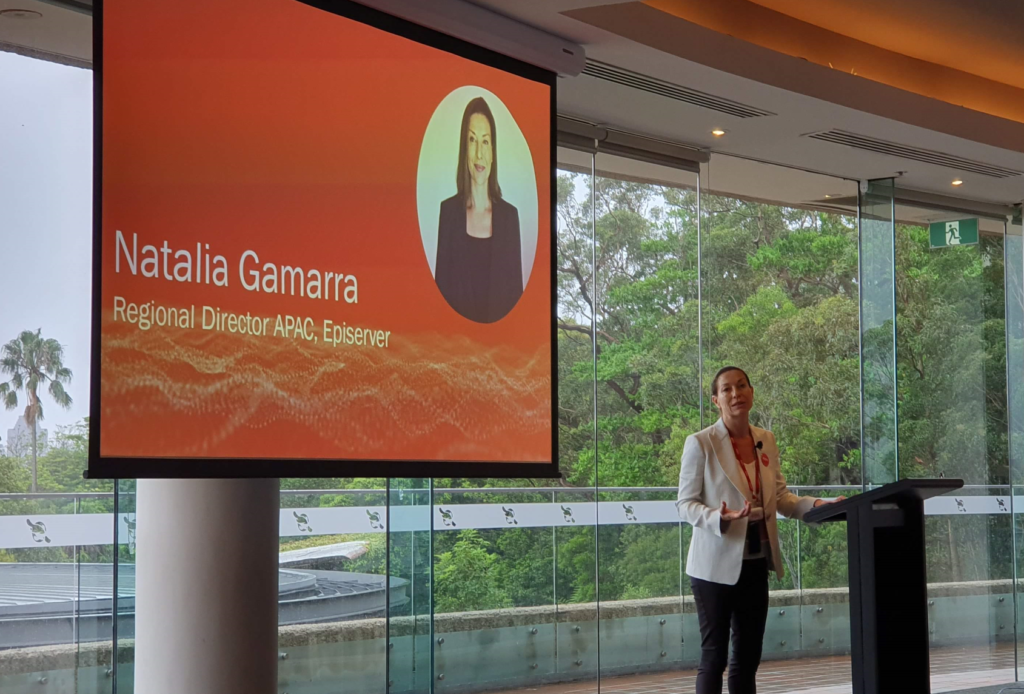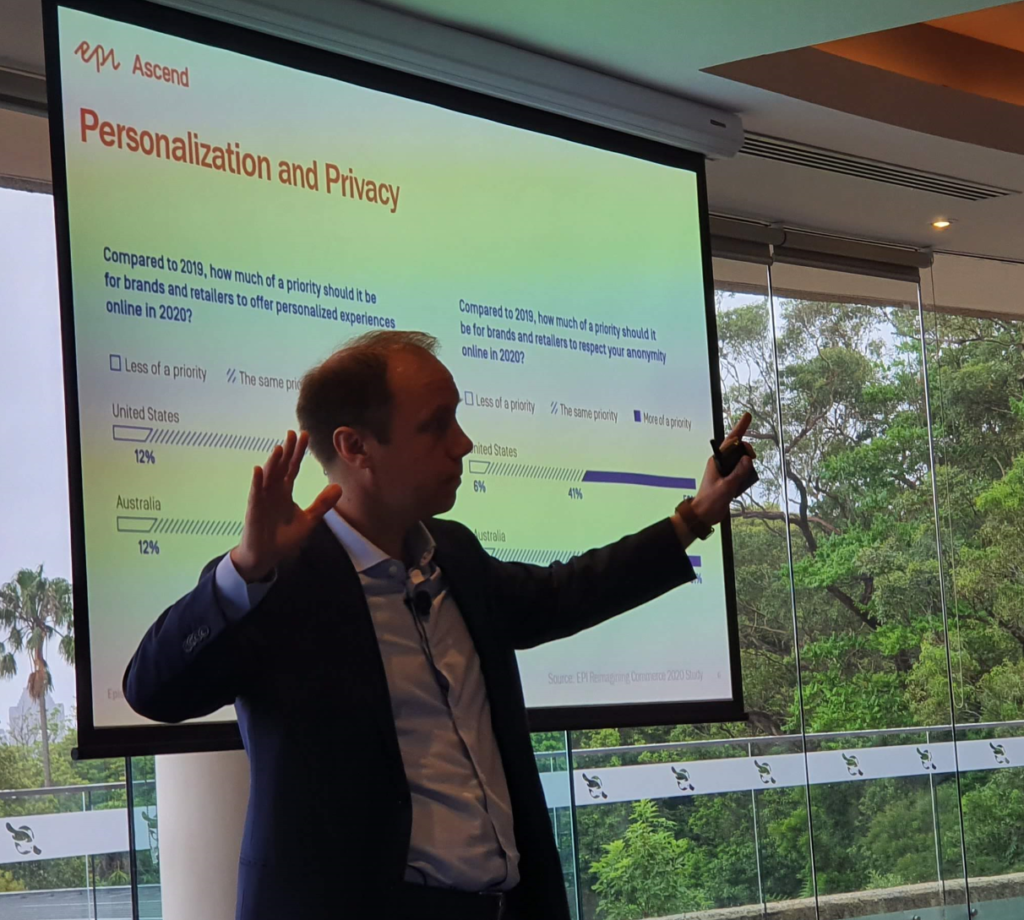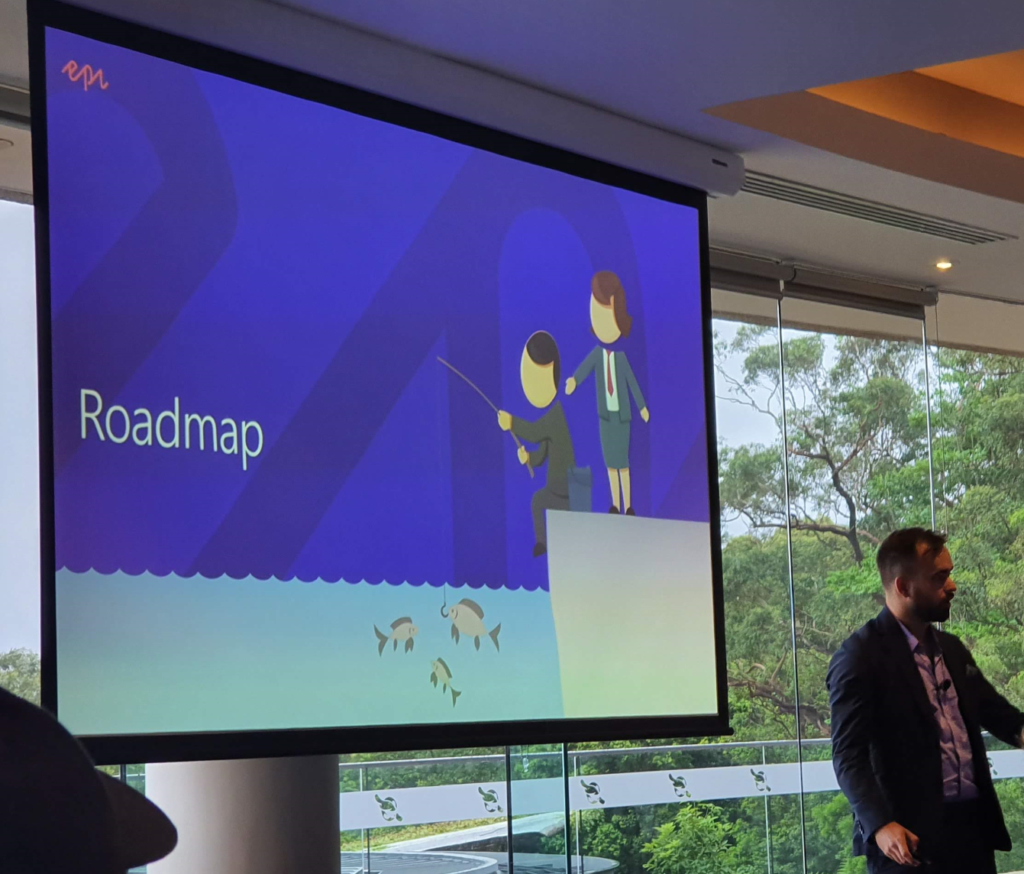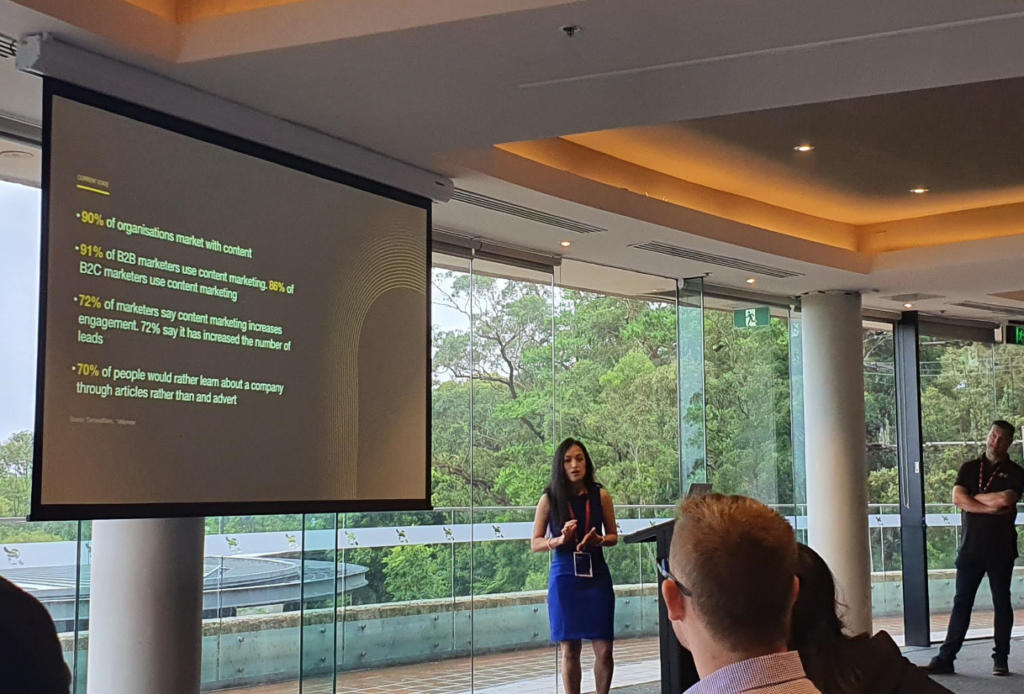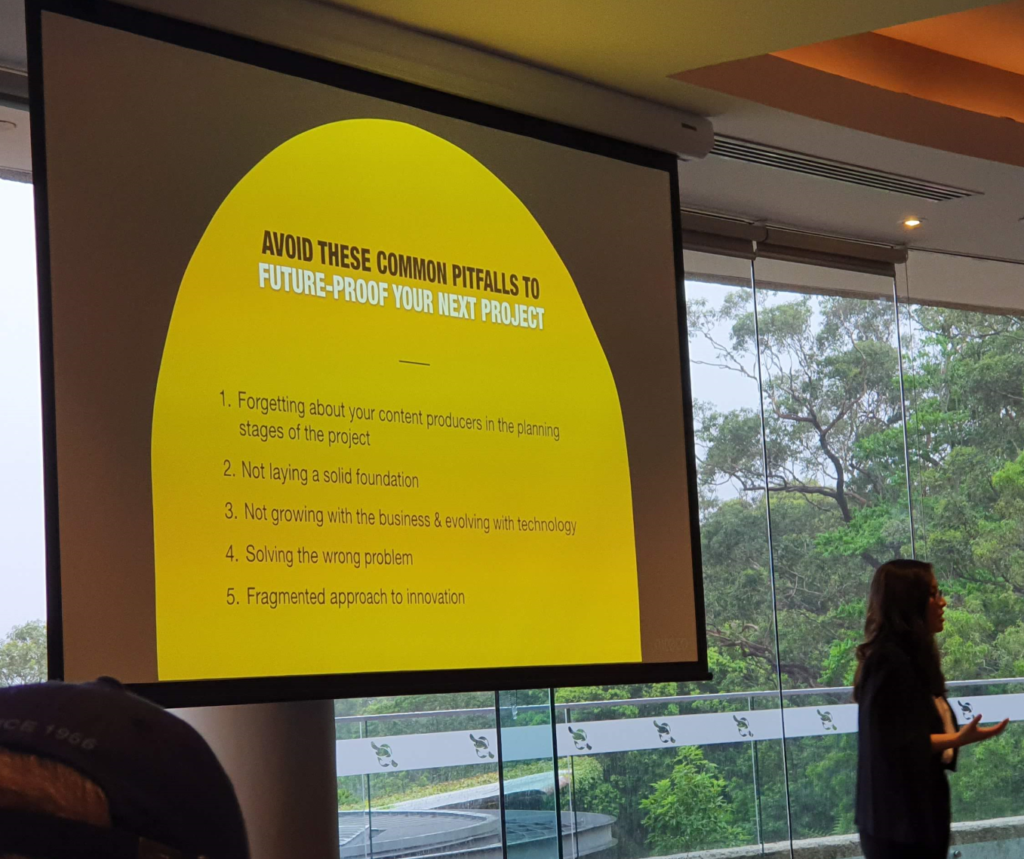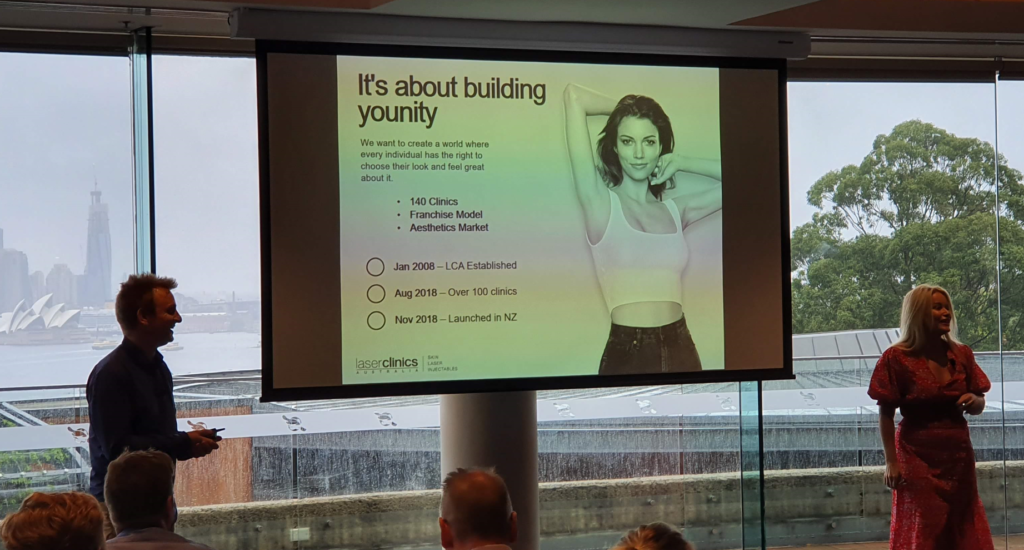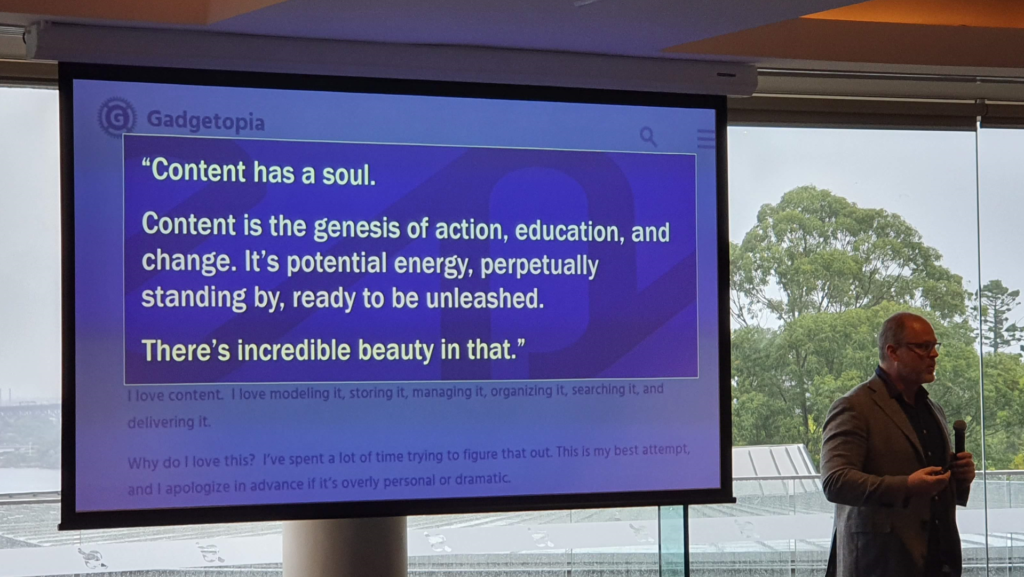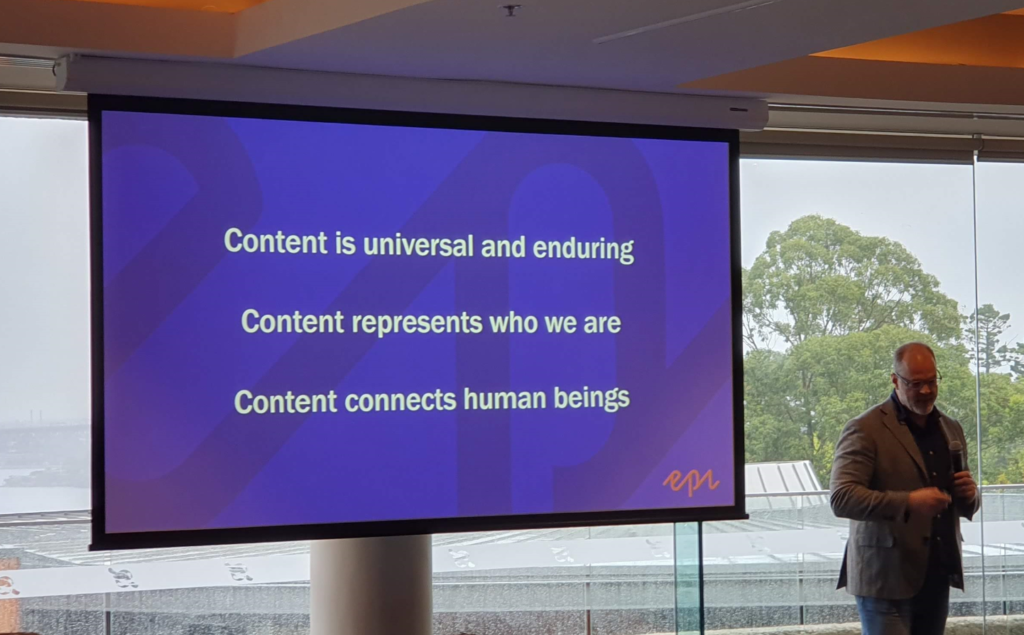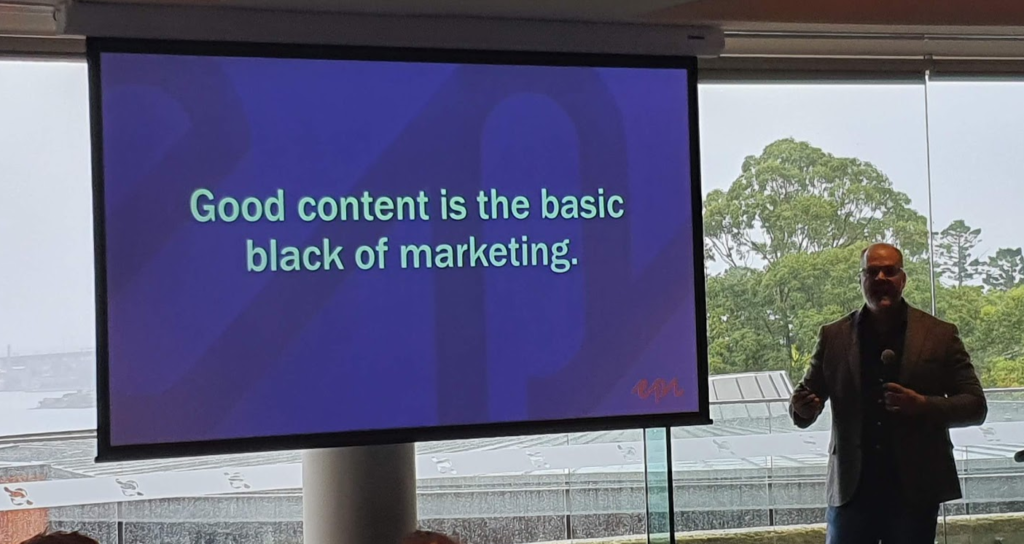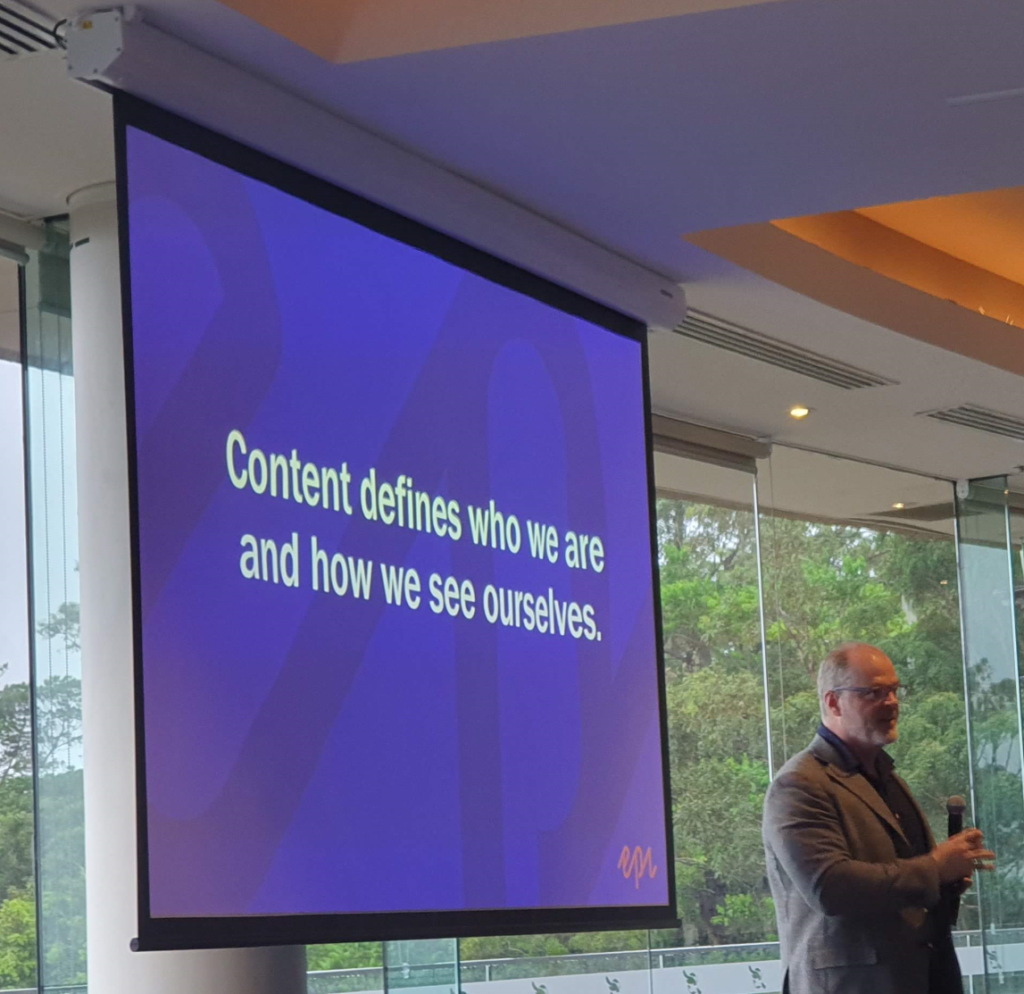Introduction
The Model Context Protocol (MCP) is a newly introduced open standard (announced by Anthropic in late 2024) that provides a universal way for AI models to interact with external services and data sources. It’s often described as “a USB-C port for AI applications” – a standardized interface that lets AI systems connect to various tools, databases, and APIs in a consistent way. Cloudflare Workers, on the other hand, are a serverless computing platform running on Cloudflare’s global edge network. They allow developers to deploy code (written in JavaScript/TypeScript, etc.) that executes close to users without managing servers. In November 2024, Cloudflare announced native support for running MCP servers on Cloudflare Workers. This combination enables developers to quickly prototype integrations that connect live eCommerce data and operations to AI assistants with minimal infrastructure overhead. In an eCommerce setting, this means an AI (such as a shopping assistant or support chatbot) can fetch real-time information (like inventory levels, pricing, or order details) or trigger transactions (such as placing an order) by calling functions exposed via an MCP server running on a Cloudflare Worker.
Potential Use Cases in eCommerce
Integrating MCP with Cloudflare Workers can unlock several practical applications for an online store:
- Real-Time Inventory Updates:
AI assistants can query an inventory management system to retrieve current stock levels. For example, a chatbot using MCP might check the available quantity of a product before confirming a customer’s purchase, ensuring that the information is always up to date. - Personalized Product Recommendations:
By connecting to a recommendation engine or database, an AI model can generate suggestions tailored to each customer’s recent activity. This helps boost engagement by providing offers that match individual preferences. - Dynamic Pricing and Price Monitoring:
An AI agent can call a pricing service to obtain the latest product prices, which may change based on market conditions or promotions. It could also track competitor prices, enabling quick adjustments to maintain competitiveness. - Order Processing and Management:
An AI integrated with an eCommerce system via MCP can perform actions like creating orders, updating cart contents, or checking the status of existing orders. This reduces manual intervention, as the AI handles tasks such as adding items to a cart or finalizing a purchase directly through defined MCP tools. - Customer Support and Contextual Q&A:
When a customer asks about order details or product features, an AI assistant can fetch information from order databases or product repositories via MCP. This provides accurate, up-to-date responses that improve the overall customer experience.
These examples show how integrating live eCommerce data with AI assistants through MCP and Cloudflare Workers can bring real-time context to customer interactions and business operations.
Implementing MCP with Cloudflare Workers in an eCommerce Platform
Integrating MCP into an eCommerce platform via Cloudflare Workers generally involves creating an MCP server that exposes the eCommerce platform’s capabilities as callable functions (often referred to as “tools” in MCP). Cloudflare Workers are an ideal host for these MCP servers because they are lightweight, scalable, and can easily interface with external APIs or databases. Here’s an outline of the process:
- Design the MCP Server Interface (Tools):
Decide which eCommerce functions you want to expose to the AI. Each function becomes a tool on the MCP server. For example, you might define tools likecheckInventory(product_id),getRecommendations(user_id),getPrice(product_id), orcreateOrder(order_details). Each tool should clearly specify its inputs and outputs. Cloudflare’s MCP support simplifies tool definition by using in-code comments (e.g., JSDoc) that both document the function and explain its purpose to the AI. - Set Up a Cloudflare Worker as an MCP Server:
Deploy a Cloudflare Worker that implements the MCP tools. Cloudflare provides an MCP SDK/template (workers-mcp) that handles much of the boilerplate, such as routing requests and formatting responses. For example, a Worker might include a method like this:
export default class EcommerceMCPServer extends WorkerEntrypoint {
// Tool: Check inventory of a product
/**
* Check available stock for a given product.
* @param productId {string} The ID of the product to check.
* @return {number} The current stock count for that product.
*/
getInventory(productId: string) {
// (Here you would query your inventory DB or API)
return inventoryDB.getStock(productId);
}
// ... other tools ...
async fetch(request: Request): Promise<Response> {
return new ProxyToSelf(this).fetch(request);
}
}
- This setup routes incoming MCP requests to the corresponding functions, allowing the AI to trigger these actions with minimal setup work.
- Connect to eCommerce Data Sources:
Inside your Worker code, integrate with your existing eCommerce systems—whether that means calling a REST API, querying a database, or interfacing with a third-party service. Cloudflare Workers can easily perform external API calls, and tools like Workers KV or D1 help store and access data quickly. - Secure and Contextualize Access:
Because many eCommerce operations are user-specific or sensitive, ensure your MCP tools require proper authentication or user context. Use Cloudflare’s secure environment to store API keys and enforce authorization on each MCP function. This helps prevent unauthorized access or modifications. - Testing the AI Integration:
Once your MCP server is up, connect an MCP-compatible AI (such as Anthropic’s Claude) to it. The AI will receive a list of available tools along with their descriptions, allowing it to call functions as needed. For example, if a user asks for stock details or to place an order, the AI can invokegetInventoryorcreateOrderaccordingly. Iterative testing helps fine-tune both the tool definitions and the AI’s interactions. - Iterate and Expand:
Once basic functionality is established, add more tools or refine existing ones. You might integrate analytics to track sales trends or connect additional external services (like shipping APIs) to further enhance the AI’s capabilities. The flexibility of Cloudflare Workers means you can quickly update your MCP server as requirements evolve.
Benefits of Using MCP and Cloudflare Workers
This approach offers several clear benefits:
- Real-Time Information:
AI agents can provide accurate and up-to-date responses, pulling live data on stock, pricing, and orders. - Standardized Integration:
MCP creates a uniform way for your AI to interact with different services, reducing the need for custom connectors. - Faster Prototyping:
Cloudflare Workers allow you to deploy and update your MCP server quickly, cutting down on infrastructure overhead. - Global Availability:
With Cloudflare’s extensive network, your MCP server can serve requests from anywhere, ensuring a smooth experience for customers worldwide.
Challenges and Considerations
While the combination of MCP and Cloudflare Workers is promising, there are some points to keep in mind:
- Early-Stage Technology:
As a new standard, MCP’s documentation and community support are still growing. Developers may need to conduct additional research during setup. - Security and Access Control:
When integrating AI with sensitive eCommerce systems, it is essential to enforce strict security measures and access controls. - Error Handling:
Robust error handling and logging are necessary to manage unexpected inputs or failures in tool calls. - Performance:
Multiple sequential API calls may impact response times. Optimizing code and caching frequent queries can help maintain speed. - Integration with Existing Systems:
If your eCommerce platform already uses established APIs, you may need middleware to translate between those formats and the MCP standard.
Examples and Case Studies
Early adopters are already testing MCP for eCommerce applications. For instance:
- Industry Integrations:
Companies like Block and Apollo have begun integrating MCP into their systems, suggesting its potential for connecting AI with commerce and payment operations. - Cloudflare Demos:
Cloudflare’s own examples demonstrate how an MCP server can be built on Workers. While their demos include simple “hello world” functions and image generation, the same principles apply to more complex eCommerce functions. - Community Projects:
Open-source MCP server implementations exist for platforms such as Shopify and for services like product search and order management. These projects show that real-time interactions—such as fetching live product data or managing orders—are already possible using MCP and Cloudflare Workers.


